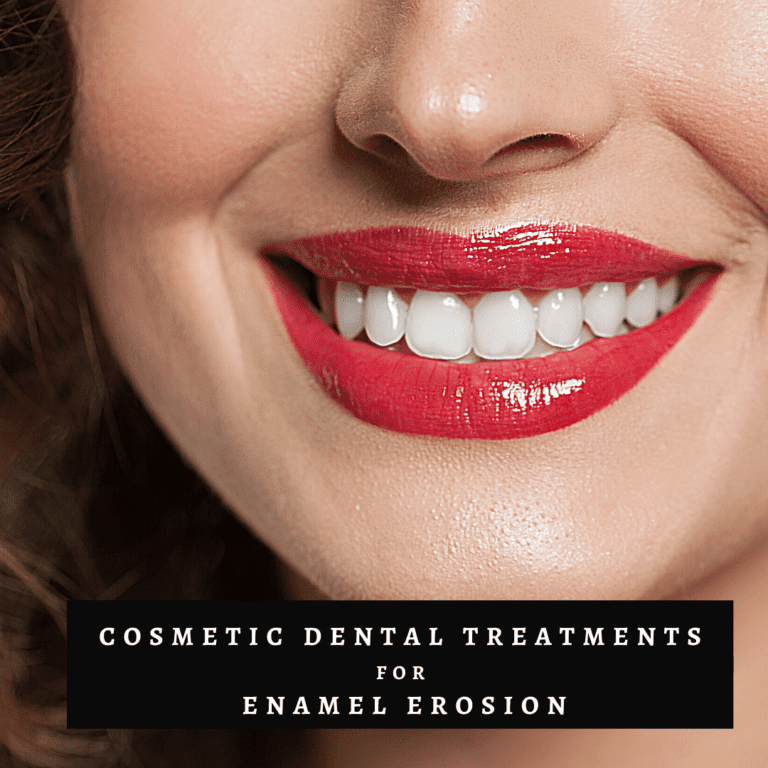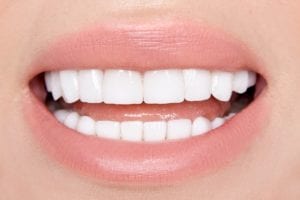Cosmetic Dental Treatments for Enamel Erosion

Have you noticed that your teeth have become more sensitive to hot and cold temperatures than usual? Do you grind or clench your teeth due to stress? Are your teeth looking more yellow every day despite regular brushing and flossing? If you find yourself answering “yes” to any of these questions, then your tooth enamel may be wearing down. As your tooth enamel wears down and becomes thinner over time, this allows the underlying dentin layer to become more exposed.
Since your teeth undergo about 70 pounds per square inch of force everytime you chew (according to an article published in New York Times), it is only natural that your enamel would wear down over time. However, there are other factors that can contribute to your enamel wearing down faster than usual. Some potential causes of premature enamel wear include dry mouth, bruxism, and acids from foods, beverages, or acid reflux.
Worn tooth enamel can cause tooth sensitivity, increase the risk of tooth decay, and makes your teeth appear yellow by allowing the yellowish dentin layer to become visible. Although you cannot undo the effects of worn tooth enamel, there are some cosmetic dental treatments that can be performed in order to restore the aesthetics and function of your smile. Such cosmetic dental treatments include:
Composite Bonding
Composite bonding, also known as cosmetic bonding or dental bonding, is the process of bonding composite resin to tooth enamel. Unlike other types of dental materials that require the placement of an adhesive, composite resin is able to create an extremely strong bond with the tooth enamel. Because of this ability, composite bonding is an ideal choice for building up areas of significantly worn enamel since it does not require excessive modification to the natural tooth. Additionally, composite resin can also be customized in terms of color to help decrease the yellowish tint caused by exposed dentin. Out of all the treatments available for worn enamel, composite bonding is the most affordable and minimally invasive, however the results only last about 5-7 years.

Veneers
Veneers are thin shells adhered to the front side of teeth. They are used to correct a number of cosmetic concerns, but can also be used to treat the symptoms of worn enamel. For starters, veneers are cemented over the front of teeth to act as a protective shield between the dentin and the outer elements. Like other types of restorations, veneers can also be customized in terms of color to help brighten your smile. To place veneers, two dental appointments are needed. During the first appointment, your teeth will be prepared by removing a thin layer of enamel before taking dental impressions. During the second appointment, the final veneers will be checked and cemented in place.
Crowns
Crowns are tooth-shaped caps that fit over the top of a tooth to completely encapsulate it. In order for a crown to fit properly, it requires that significant modifications are made to the natural tooth structure. Because of this, crowns are usually not your dentist’s first recommendation for how to address symptoms of worn enamel. Instead, crowns are generally used when there is too much damage or decay on a tooth to place a veneer or restore the tooth with composite bonding. In some cases, crowns may also be recommended after other dental procedures, such as a root canal.






Recent Comments